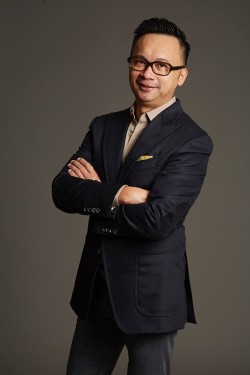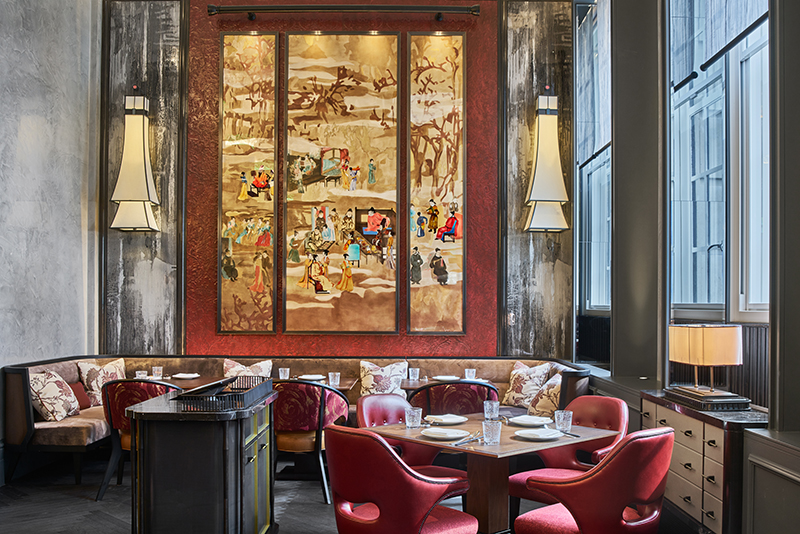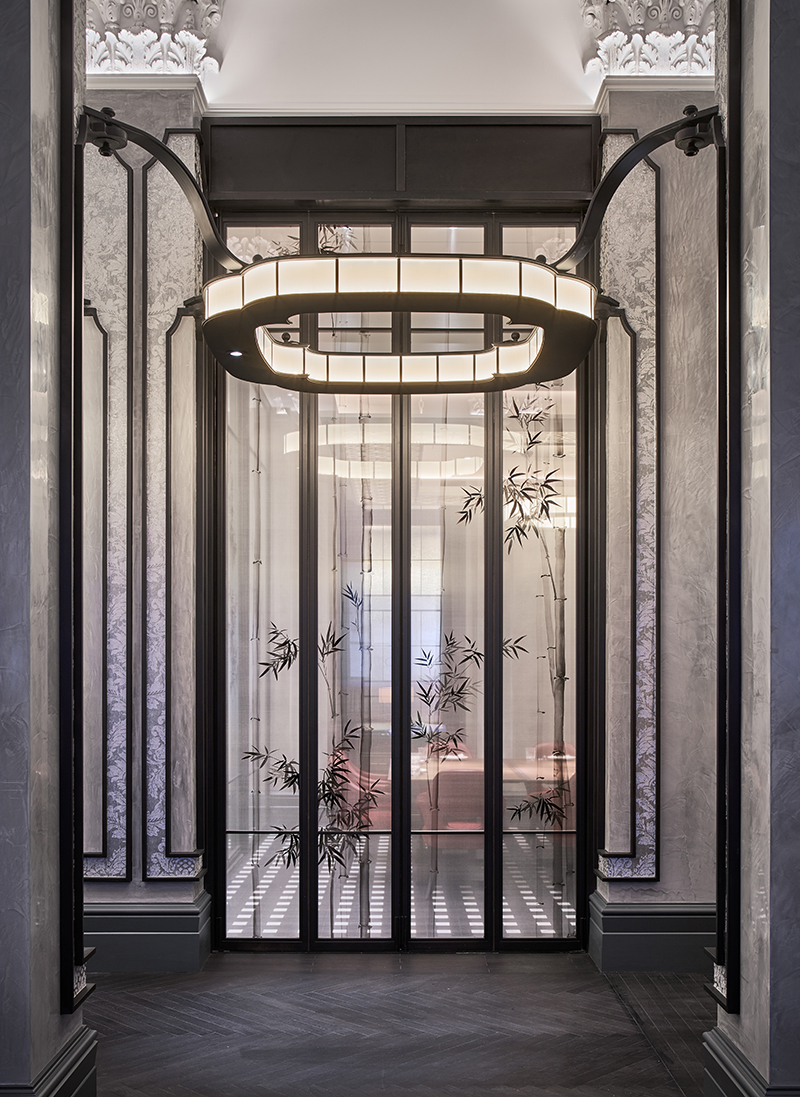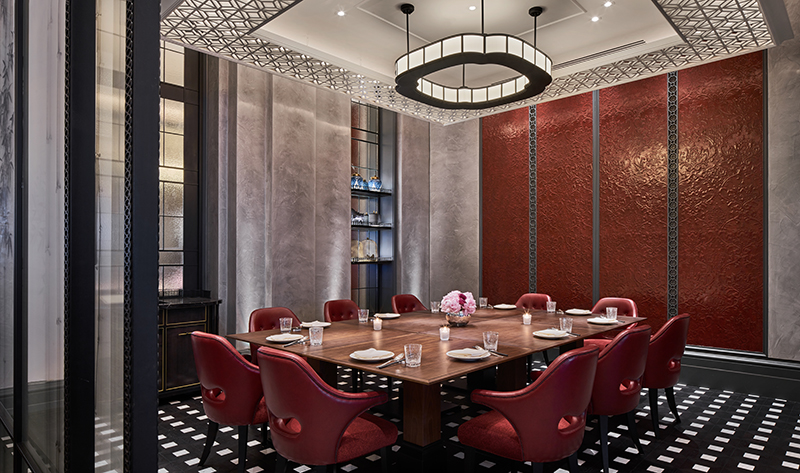Designer Q&A: Ed Ng, AB Concept on ‘Eastern Design’
AB Concept is an international design powerhouse that was founded in Hong Kong. Our ‘Eastern Design’ theme this month led us straight to this design firm, with their East Asian origins and their luxurious and beautiful designs.

We sat down with Ed Ng, one half of the Co-Founding/Principal team that makes up AB Concept to find out about his influences and what he would describe as ‘Eastern Design’…
What design elements do you feel define ‘Eastern Design’?
Eastern Design is a very broad term. In general, it can be identified through all the basic design elements such as form, color, texture, pattern and even lighting. I think literally anything has the opportunity to convey a hint of Eastern Design.
What trends do you see emerging from the middle east and Asia?
The history of Asia and the Middle East spans across thousands of years and touches upon so many different countries. It’s hard to pinpoint exactly what the design style is for this part of the world due to its extensive historical past.
Some may say that the design style is quite minimal and subtle, some others might say that it is about conveying appreciation towards the rawness and imperfections. Materials often used in this part of the world are silk embroidery, paintings and ceramics. You have recently completed work on Mei Ume, an Asian fine-dining restaurant at the Four Seasons Hotel London at Ten Trinity Square. Can you tell us a little about this project and your inspiration and influences for the design?
You have recently completed work on Mei Ume, an Asian fine-dining restaurant at the Four Seasons Hotel London at Ten Trinity Square. Can you tell us a little about this project and your inspiration and influences for the design?
We are honoured to have been trusted with a project that is rich with history and heritage. As our first venture in the UK, Mei Ume at Four Seasons Hotel London at Ten Trinity Square marks a very important milestone for us and we have thoroughly enjoyed working on keeping a legacy alive. As someone who grew up in Hong Kong, a melting pot of Eastern and Western cultures, I found this project particularly interesting as it presented us with the challenge of how to represent the unification of both cultures in a subtle and sensitive way.
Our first impression of the site was a very classical European context, filled with symmetrical Corinthian columns, high ceilings and Western-styled windows. The biggest challenge was to seamlessly integrate an Asian restaurant into such a European context, so we tackled it by doing some homework on the history of the two cultures to find similarities. The building was originally the Port of Authority, acting as a hub for trading between China and Europe for teas, silks, porcelain and ceramics. We applied this historic connection to forge the link between the East and West helping us to capture our narrative and instill our inspirations into the aesthetics of the restaurant.
As all of the original columns from the 1922 building remain intact, we were to preserve the original mouldings, yet reinvent them with a new spirit and purpose. Intricate metal motifs have been erected on top of each column suspending three halo structures and resulting in three cosy alcoves for diners seeking privacy. The English heritage of the Grade II listed property establishes itself in the form of custom table lamps lining the large bronze-framed windows, which face the hotel’s courtyard. Ceramics is our material of the month – What are your thoughts on this material and how have you used it within your designs and to what effect?
Ceramics is our material of the month – What are your thoughts on this material and how have you used it within your designs and to what effect?
For someone growing up in the Far East, such as myself, ceramic has always been an important part of the culture I grew up in. I’m personally particularly fascinated by the similarities and differences between the art forms of Chinese and Japanese ceramics. Chinese ceramics aim to gain the highest level of appreciation towards craftsmanship and to be immaculately perfect, whereas Japanese ceramics focuses on the beauty of nature and uniqueness of each piece of work.
Ceramics is a gift from Earth and spans across different cultures and time. It is a classic medium, yet at the same time is a timeless feature which plays a important role in modern design. It’s rustic, yet refined. It can be formed using techniques hundreds of years old as well as cutting edge technology. It can be vibrant or subtle.
You will often see ceramics used in our projects – from the baroque pattern-embossed ceramic wallpaper conveying tactility and antique look at Mei Ume restaurant in London, to high-gloss roof tiles used as a basic module to build a feature wall and the ceiling for Shang Palace Chinese restaurant in Taipei.  Contact AB Concept
Contact AB Concept
Interior Photography is all from Mei Ume, Four Seasons London




